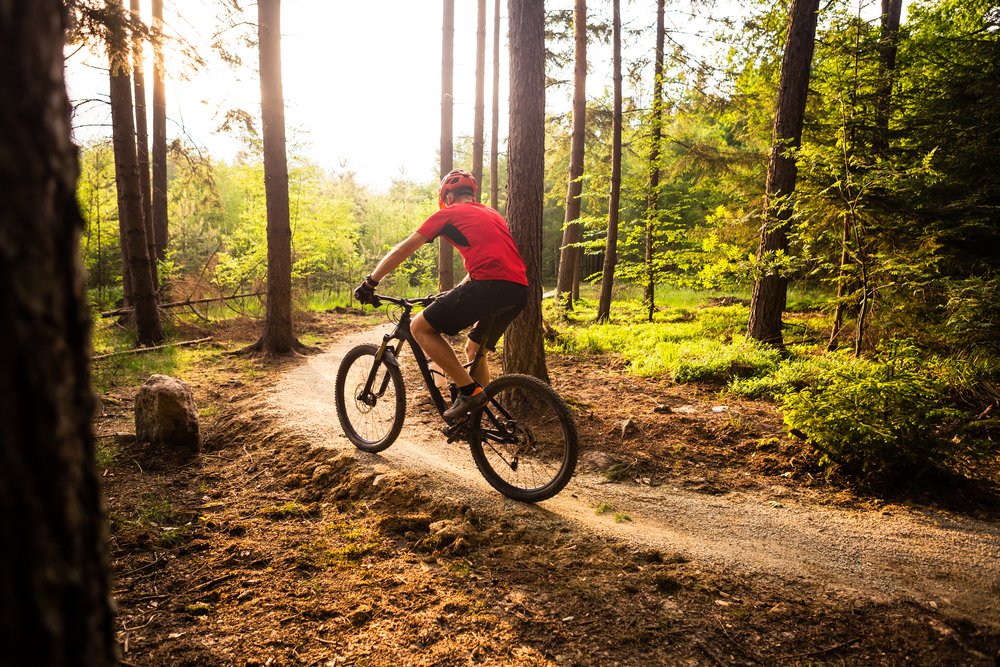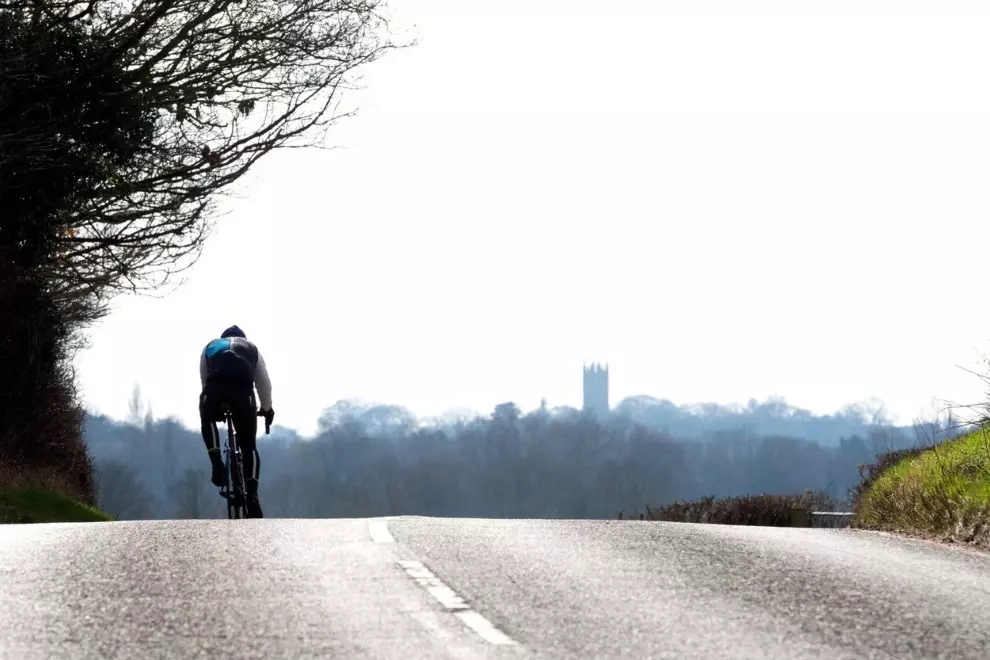Start either earlier or postpone the ride
Cycling is not an official football match. It’s not the Olympic Games. In 99% of cases, you’re the one laying down the date and time of the ride. Unless a girl or a boy you crave to date asks you to join them on a ride under the scorching noon sun (which might make you reconsider your choices), you’re utterly responsible for setting the start of a ride to either early morning or later afternoon.
Apart from the heat, summer provides us with long days and short nights, enabling us to wake up at 5 AM and take advantage of a ride starting at 5:30 AM, giving us just enough time before both heat and traffic pop up. Same with postponed rides that start as late as 7 PM when the tarmac temperature cools down enough to let you ride without leaving tracks of melted rubber behind you.

Drink all the time before, during and after a ride
Obviously, drinking gets us rid of thirst, no matter if we cycle or suffer through the heat on the couch. This is clear to anyone older than ten. The worst thing, next to cycling without a water bottle, is to start cycling thirsty. Make sure to drink enough a few hours beforehand, which enables you to effectively replenish liquids during the ride itself.
Don’t forget that sodium is responsible for holding water inside of your body so it’s highly recommended to carry electrolyte beverages during the ride. Have a sip at the very first moment a hint of thirst crosses your mind because that’s the exact time your body is begging for hydration. Besides water bottles, never forget to take money to buy more water in case you can’t find a place to make a free refill.
Mountain bikers can make use of natural springs if the trail runs through an environmentally protected area, which almost certainly ensures that the water will be sanitary and harmless.

Dress accordingly
T-shirts and shorts are well outdated. Today, you can go for a cycling kit made for hot weather, which can include features like a special coating to reflect UV rays or a fabric treatment that increases the body’s potential to cool itself. Spend some time reading the labels on the kits. When they say ‘wicking fabric’, you’re on the right path to buying a garment that enables you to transport the moisture from perspiration away from your skin, resulting in cooling it down.
Jerseys made of mesh fabric might increase airflow to cool you down but also let more UV rays in to harm your skin. Thus, be careful when picking the right jersey for sunny days because even a pro like Chris Froome got bad back burns through a mesh jersey several years ago. Instead, take on a jersey made of a tight-knit fabric that will protect you against the sun.
Naturally, use sunscreen with high UV protection and wear a cap with a peak under the helmet. Sunglasses are a must. If the heat becomes unbearable, make more stops or turn around and head home as there’s nothing like the last-ever ride. You can enjoy another one on a cooler day.




